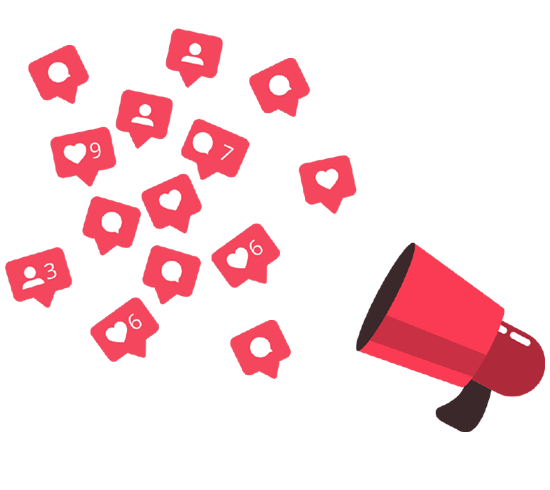Social Media Best Practices
Best Practices for Social Media Networks
Download PDF| Social Media Platform | Focus | Frequency | Content Tip |
|---|---|---|---|
| Quality | 5-10 per week | Aim for 2 posts per day to keep audience interested | |
| Quantity | 3-5 per day | One per hour is optimal | |
| Formal, technical content | 2-5 per week | LinkedIn posts get more traction during the work week | |
| Google My Business | Content relevancy | 1 per day | Your posts give Google more content to index and enhance SEO rankings |
| Compelling storytelling through images | 3-4 per day | Pin both original content and repin engaging content from other users | |
| Rich imagery | 1-2 per day | There is no real fatigue with posting but ensure consistency week after week |
Structure of a Great Tweet
- Keep Tweets between 120 and 160 characters so others can modify or add short notes before retweeting.
- Take the time to write a proper sentence (yes, including grammar and punctuation) that fits within the character limit.
- Encourage conversation and build your audience by posing questions to elicit curiosity, quoting others (with proper citation), and thanking those who mention you or pass your message along.
- Twitter is the birthplace of the hashtag in modern social media usage. Use the hashtag often, and wisely. (Don’t overdo it with the number of hashtags).
- Shorten links to get the most out of your Twitter real estate. URL shortener doesn’t just look pretty, either—it’s a powerful tracking tool to see who’s clicking on your messages, and from what region.
- Bright, strong images that accompany Tweets increase engagement and retweets.
- Maintain your own personality. You don’t want to sound like a robot!
Structure of a great Facebook post
- Facebook has changed over the years from primarily text-based communication to a mixture of all kinds of media. Successful posts use short, interesting “teasers” (usually 2 or 3 sentences) for context along with colorful images, short videos, and links to other good content that followers will enjoy.
- Stay positive. Facebook users tend to share and interact with inspiring, funny, and life-affirming pieces. Get creative by building your own memes with text overlayed onto unique images.
- Pose questions, tell stories, and use language that encourages commenting and interaction with your page.
- Images sized to 403 x 403 pixels or higher will look the best in the newsfeed column.
- Interact with your followers and fans, as well as other people who comment on posts in your feed. Organic conversation is a great way to increase engagement and build a loyal fan base.
- Add comments to your older posts to bring it up in the newsfeed again. Great posts can have more than one chance at viral appeal.
- Post often, but not too often. Research the perfect number of messages to post per day, and use AutoSchedule to publish them during optimal times
Structure of a great Instagram post
- Pictures are the heart and soul of Instagram, but the trick is to tell a story rather than simply focus on a product.
- Use block colors (“blocks” of bold, bright shades from a palette of two or more colors) to make your images stand out from the rest.
- Develop your brand’s own recognizable visual style. You can start by consistently using one or two filters that fits with your company image.
- Hashtags are integral to promoting your product, service, or brand on Instagram. Use industry- or location-specific hashtags—do some research on which ones are popular.
- Start your own hashtag campaign by getting your friends and followers involved.
Structure of a great LinkedIn post
- LinkedIn is a business- and career-centric platform, so welcome the opportunity to offer your expertise on a subject that relates to your audience. Pretend it’s a company dinner party—maintain your real, but professional, voice and don’t be boring.
- Keep it short. Two or three sentences is all you need for an intro before an external link. Give your audience just enough to know why you shared it and what it means to them.
- Stay visible and engaged. Reply to those who comment on your posts and like any of their content that has value for you. Commenting on your own post can open up conversations as well, which leads to more engagement and increased visibility.
- Tagging people or companies that you are connected to adds authority to your posts. Make sure the posts are related and will be welcomed by those you are tagging.
- Shorten links to get the most out of your Twitter real estate. URL shortener doesn’t just look pretty, either—it’s a powerful tracking tool to see who’s clicking on your messages, and from what region.
- Don’t forget the power of images on LinkedIn. When you share a link, the main image is what your audience will see in their feed. A succinct, relevant message with a vibrant image will get more attention than a text-only post.




